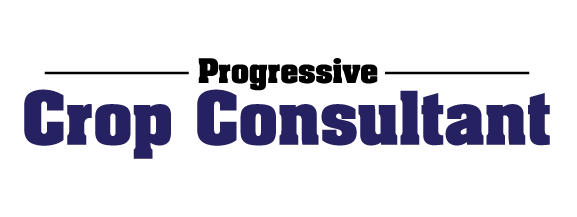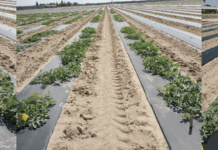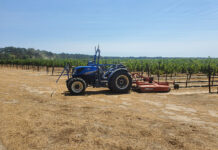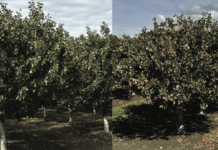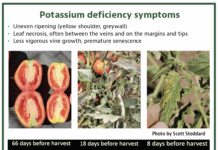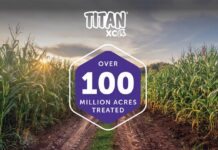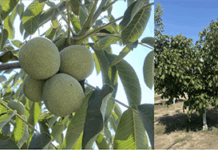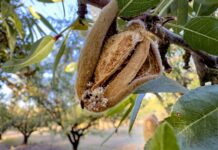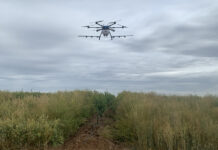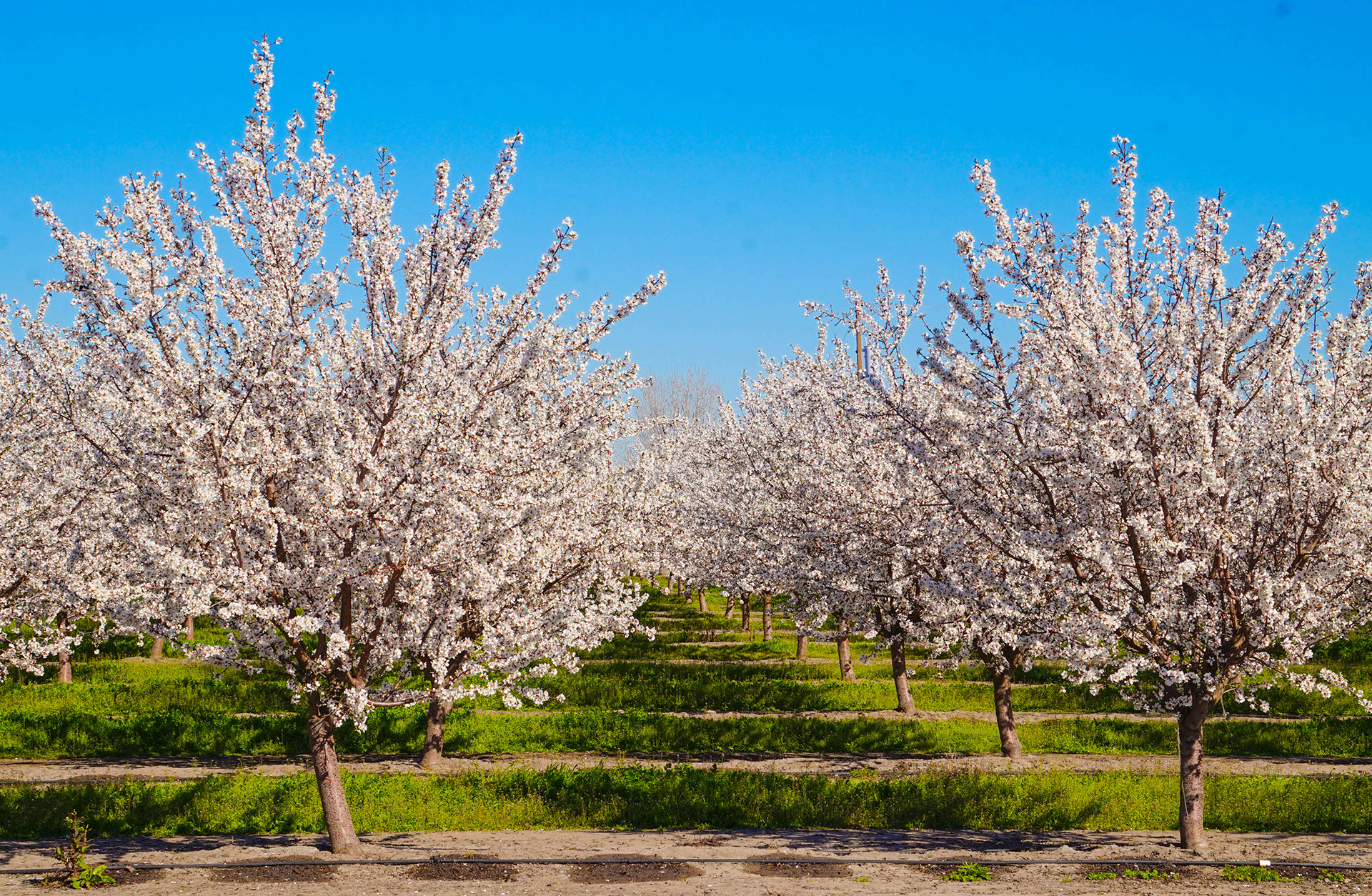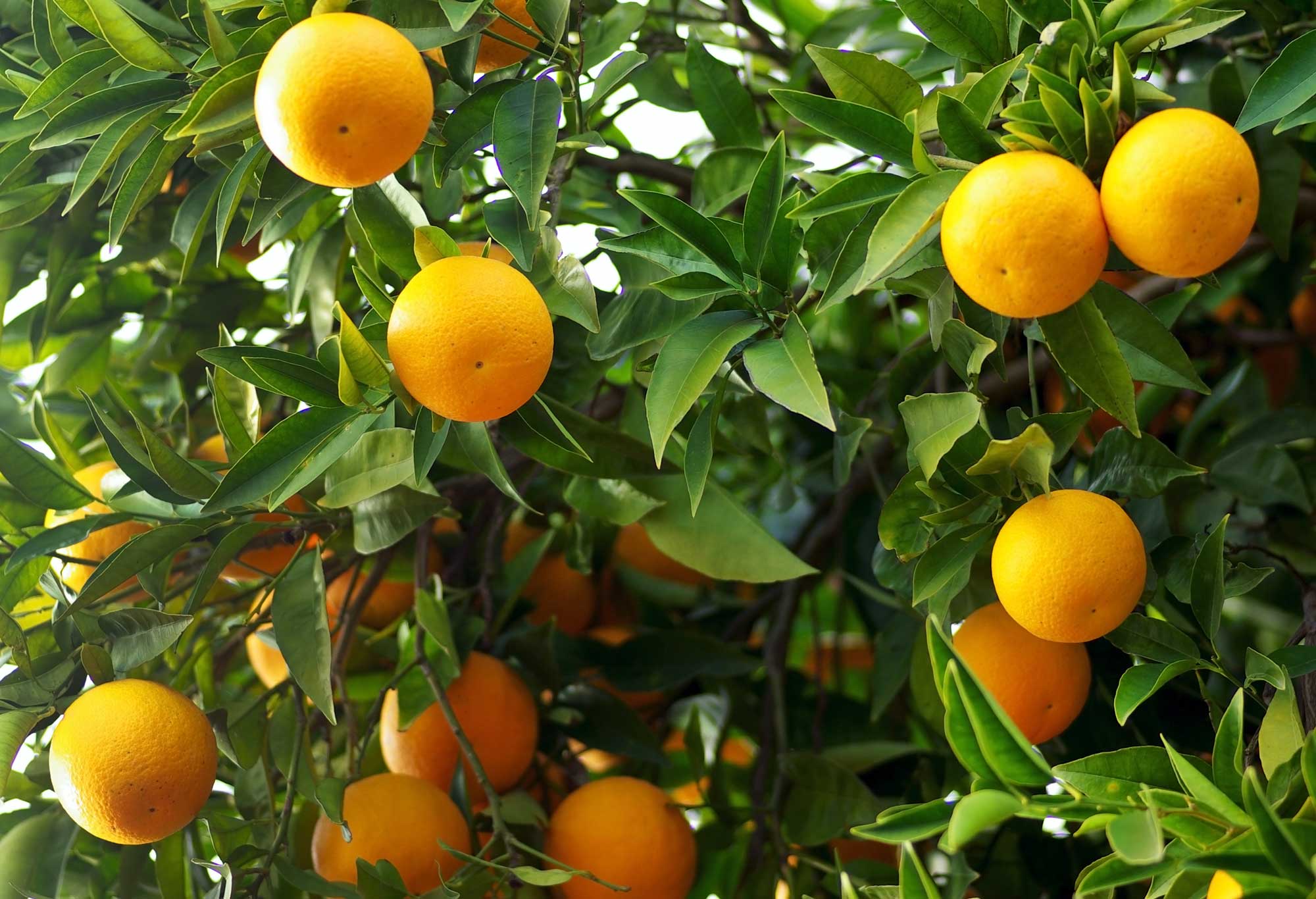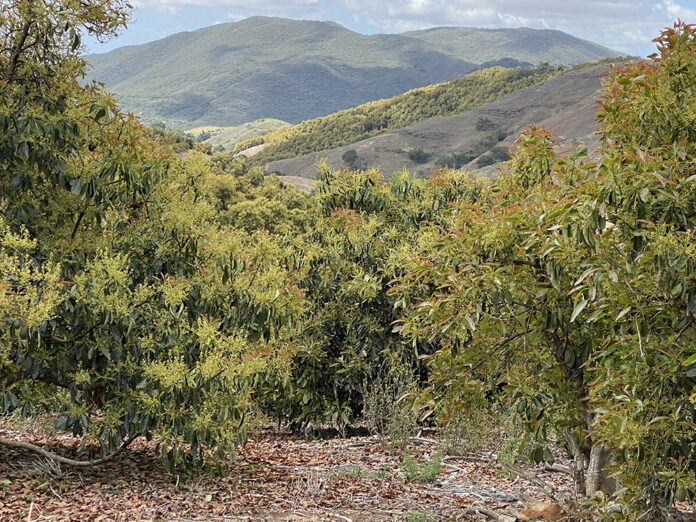
At the recent UCCE Avocado Irrigation Workshop in San Diego County, industry experts, crop consultants and growers gathered to address one of the most pressing challenges in avocado farming: irrigation efficiency. The meeting presented Danny Klittich of Mission Produce Inc. shared firsthand insights from groves across the state, highlighting common issues and emerging solutions as well as opportunities for crop consultants to assist growers.
“I think one of the biggest challenges in avocado growing is water management,” Klittich said, “and trying to manage how many hours are applied and the frequency with which it is applied, and then doing that without the tools in the field to have any feedback is difficult.”
He noted many growers are still making irrigation decisions based on rigid routines rather than real-time data. “[Some growers are] just doing six hours twice a week or 24 hours once a week, and not having some type of soil moisture sensor or tree sensor to really have feedback. Is it too much? Is it not enough?”
New Tools for Growers
To address these pain points, new tools and resources are being developed to help growers simplify their decision-making and become more precise.
“The California Avocado Commission is funding a project with Cooperative Extension to build out a simple irrigation calculator based on weather data to give a better estimate for people,” Klittich said. “So they can know how many hours they need to irrigate without having to go do all the math, pulling data out of CIMIS, trying to figure out what all the different correction factors and things are. Just really simplifying things.”
In addition to this calculator, he mentioned ongoing efforts to improve crop coefficients and other input variables that influence irrigation calculations. “I think that’s really where we’ve doubled down.”
For growers ready to invest more deeply, Klittich pointed to the availability of more advanced platforms. “There are so many great paid services that incorporate multiple-sensor packages, where you can purchase multiple sensors and then utilize those for making crop decisions.”
Understanding Soil’s Role
Klittich also emphasized how soil characteristics complicate irrigation planning. “Soil has an obvious interaction with irrigation. It’s how much water we can hold in the root zone. But also, there are innate problems with soil, with limiting layers and percolation rates. All of those have to be taken into account when we’re designing our irrigation management plan.”
Importantly, he clarified water use doesn’t necessarily change with soil type. What changes is how much water the soil can store. “A healthy tree on sandy soil and a healthy tree on heavy soil use the same amount of water. The problem is we can just hold less water in the sand than we can in the heavy soil.”
Actionable Recommendations
For consultants advising growers on next steps, Klittich’s advice is straightforward: Start with basic feedback tools.
“If you don’t have any soil moisture sensing technology, there’s huge return on investment to having just one sensor in the field to tell you if the soil’s too wet or too dry and how deep your irrigations are going,” he said. “I think that is a must in every operation.”
He also encouraged growers to make use of existing public data. “Every grower has access to the CIMIS stations that are a California statewide system. However, there’s not always a station close by, but you can use that data to then influence your irrigation calculations.”
Combining those tools can significantly improve accuracy. “Getting an idea from CIMIS of how much you might need to irrigate and then using a soil sensor to make sure that you didn’t irrigate too much or too little can really make a huge difference above just guessing six hours, eight hours, because the weather was what it was last week.”
Check out the full conversation with Klittich in a recent MyAgLife YouTube video.


